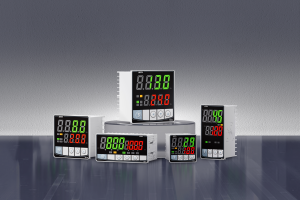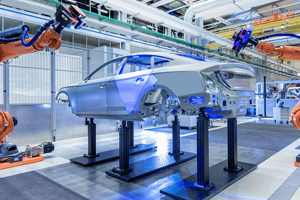How to Program a PID Controller: A Comprehensive Guide.
1.PID Control Theory: Understanding the Theory
The PID theory is based on three components: proportional (P), integral (I), or derivative (D). Each component is crucial to the system.
The term "Proportional Component" produces a result that is proportional with the error. This component reduces the total error, but it may not be able to eliminate all of it.
The term Integral Component is used to account for past errors. This term helps to eliminate residual errors that cannot be removed by the proportional terms.
* Derivative component: This term is used to predict future errors based on the rate at which they change. This improves the stability of the system and its response time.
The PID equation can be expressed mathematically as follows:
$$
u(t) = K_p e(t) + K_i \int e(t) dt + K_d \fracde(t)dt
$$
Where (u(t), is the output of the control, (e(t), is the error and (K_p), (K_i), and (K_d) are respectively the gains in proportion, integral and derivative.
2.Set up the Development Environment
You need to setup your development environment before you can program a PID. These are the steps to follow:
1.
Choose the programming language: C, Python and Arduino are popular choices.
2.
Choose the hardware platform: The most common platforms are Arduino or Raspberry Pi.
3.
Install the necessary software and libraries. Install the Arduino IDE, and any relevant libraries, if you are using Arduino.
3.PID Algorithm Implementation
The PID algorithm is implemented in several stages:
1.
Initializing Variables : Define setpoint, PID gain, and process variables.
2.
Write the PID Control Loop
* Calculating Error Terms: (e(t), = "text"setpoint- "text"process variable)
Calculating the Proportional Terms: (P = K_ptimes e(t).
Calculating the Integral: (I = K_i times int E(t) Dt)
Calculating the derivative term: (D = K_d times fracdet(t)dt)
The PID terms can be summed up as follows:
1.
Applying Control Outputs: Adjust the system using the control outputs.
PID controller tuning
To achieve the best performance, adjust the K_i and K_d gains to the desired value. Some common methods are:
Ziegler Nichols method: This is a heuristic tuning technique that gives initial gains.
* Tips for practical use: Adjust the integral gain first, and then the derivative gain. Iteratively test and improve the performance of controllers.
Considerations for Practical Use
Consider the following when implementing a PID control:
Use anti-windup methods to prevent the term integral from becoming excessively accumulated.
* Filtering Derivative Terms: Reduce noise by using a low pass filter.
* Stability and Robustness - Test the controller in various situations to make sure it is stable and robust.
Examples of Projects
Two examples of PID controllers are shown below:
1.
Temperature control: Use a PID to regulate the temperature of a heating system.
2.
Motor Speed Control: A PID controller can be used to control the speed of DC motors.
4.The conclusion of the article is:
Understanding the theory of control, setting up a development environment, creating the algorithm and tuning the PID controller are all necessary to program a PID. Following these steps will allow you to design and implement PID controllers for different applications.
- What is Deadband in PID Control: A Comprehensive Guide
- How to Implement a PID Controller: Step-by-Step Guide for Precise Control























